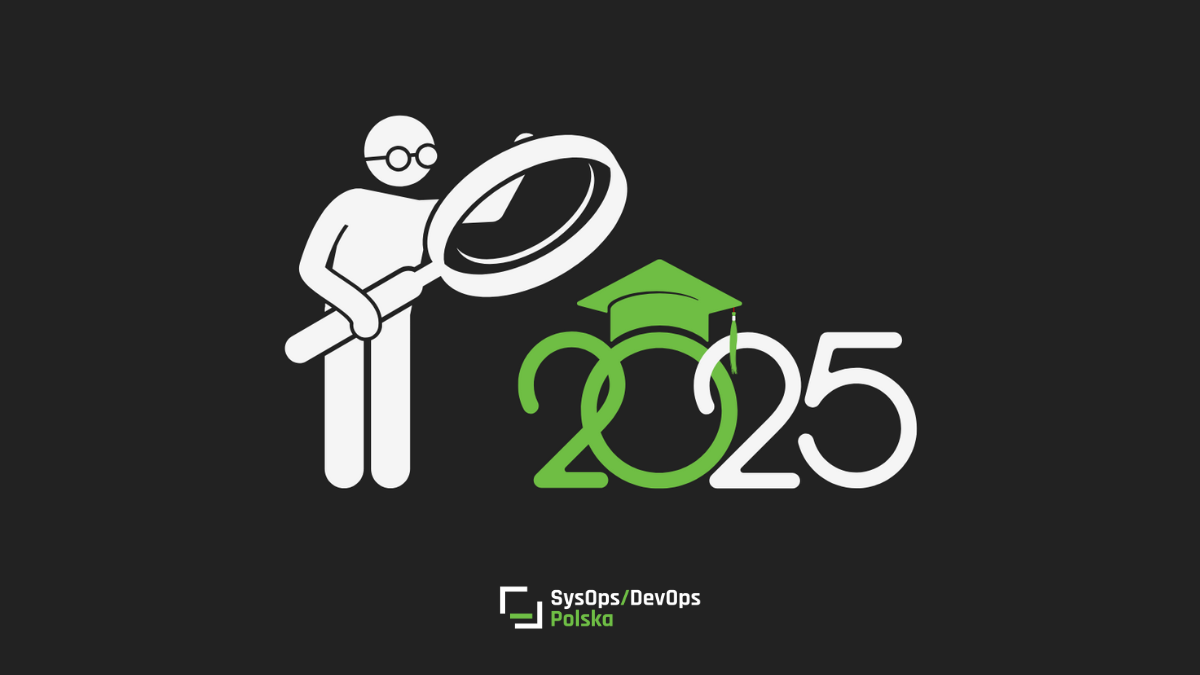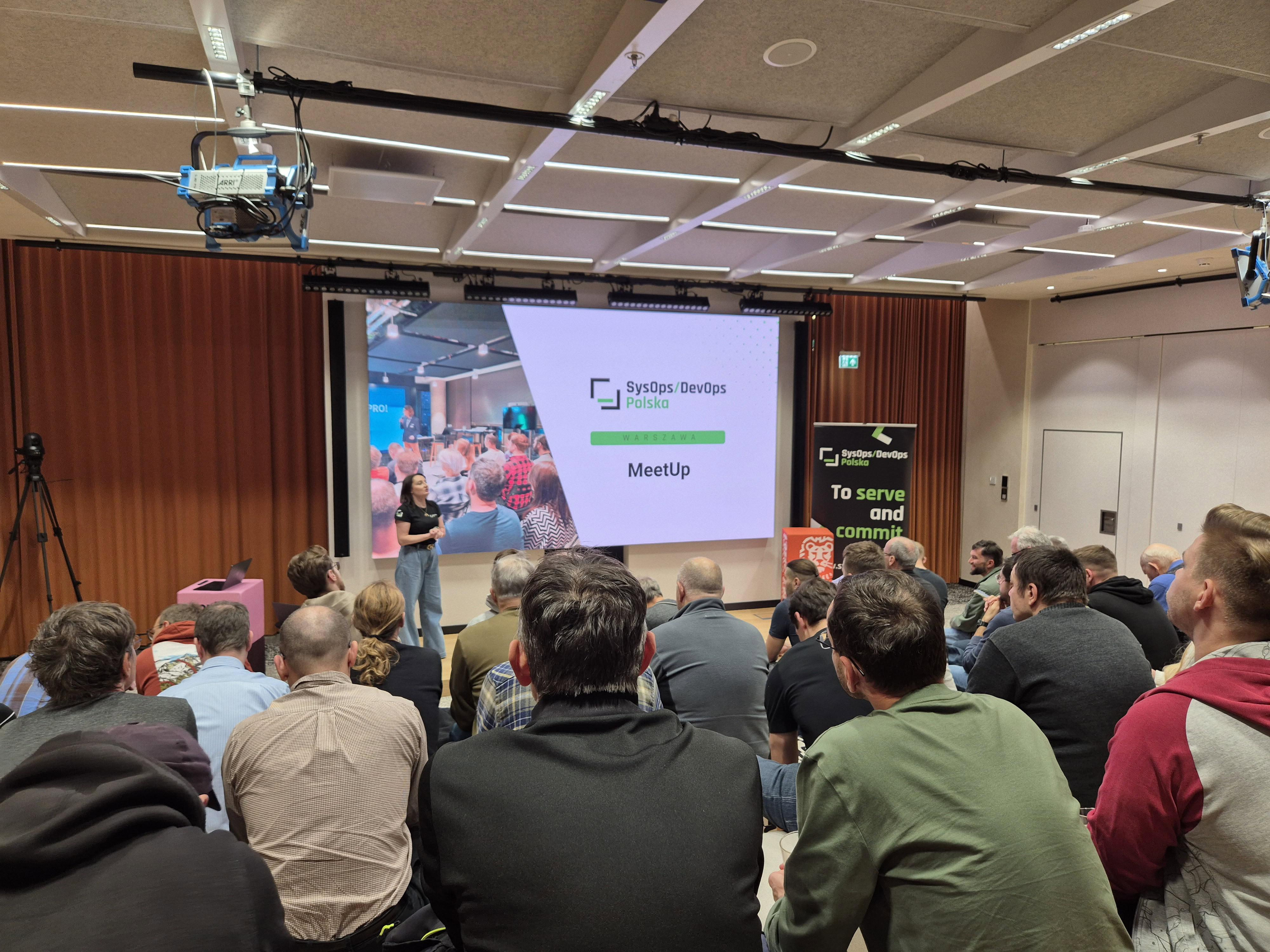Have a clear vision, stick to the intention and adjust the implementation
Let's consider an example. Let's suppose you believe that incremental work is cruciual and want to influence the team to work this way.
1) have a clear and strong imagination of the target state
The first thing is that you yourself really have to believe in it. And you have to be able to imagine what it would be like for your team .How the team could split the work into smaller increments, how to verify if something is a good small increment. You need some kind of reference in your experience, then it is much easier to have such a clear vision. If you don't the only thing you can do is getting more inspiration about the subject (reading the articles, books, listening the podcast, watching conference talks or just taking part in a conference) and then suggest an experiment. You can use Disney strategy to get more clearance.
1b) try to find as many WHY answers as possible.
First try to answer the question WHY yourself. Why is it really worth the attention?
Why increments?
- because it is easier to finish it in a short period of time
- because if you have many small pieces your overall estimations will be better
- if the increments are going to be very small, you may not need estimation at all
- increments (slices of functionality) improves your ability to finish done work
- you need to improve the way you work to be able to work in increments
Ok. But but then look for other resources - articles, books, blog posts and so on. And look for other arguments.
And then face these arguments (at the begging only in your mind) with your team. What would they answer? How that matches to the things important to them.
2) be patient and stick to intention
No matter how good arguments you have and how good they match team needs and how clear vision you have, others may not buy it. That's ok. Be patient. You just didn't find good enough way to show the value*.
Listen to the objections and look for the needs behind them.Maybe they don't believe that they can organize work in increments. Maybe they don't know how to do it. Maybe they don't believe it is effective. Look for the way how to show it. Look for the way how to measure and compare both types of approach to items. Look for more inspiration.
Stick for the intention but not to solution. If you think about increments your intention is to slice the work vertically so that it can be integrated and deployed and the exact solution like BDD, TDD, the best slicing method are not so important. Be free about the implementation of the intention. Suggest the experiment, not the final solution.
3) adjust the implementation
If you managed to organize an experiment - do regular retrospectives (get feedback) and adjust the implementation. Maybe slicing one thing into 36 small items is not the best way. Let team find (and decide) a balnace in slicing.
No matter how the experiment is doing, regularly ask, what works, what not and why. What your team ca change to do it better. Getting back to the intention and revising the implementation is your job. Local failures are just next step on the path of learnings. Failed? Just figure out what you learnt and make adjustments.
4) have a clear vision, stick to the intention and adjust the implementation
Yep, repetition. Repetition is mother of skills. So ... have a clear vision, stick to the intention and adjust the implementation.
* There is also a possibility that vision you have and/or share with others might not be a good option, so don't be eager to validate it from time to time.








